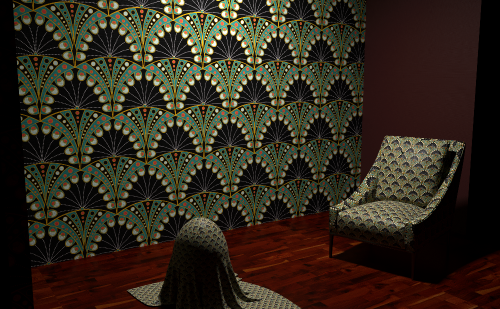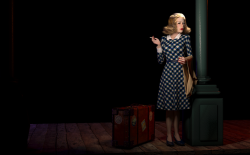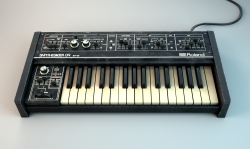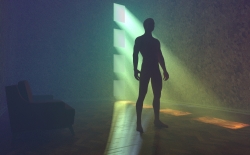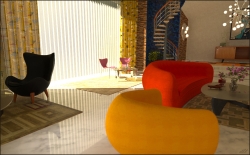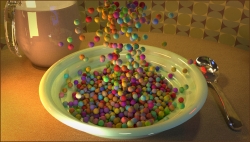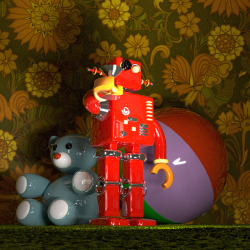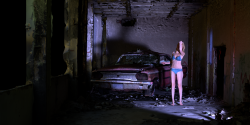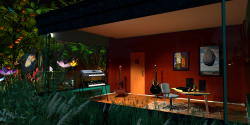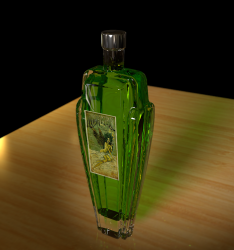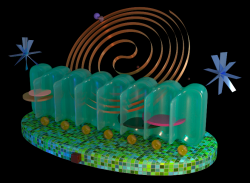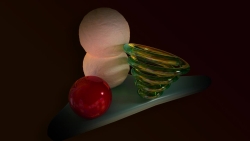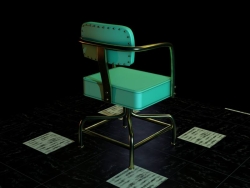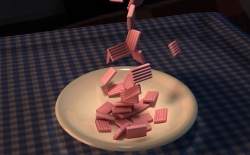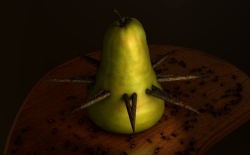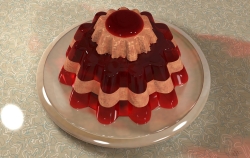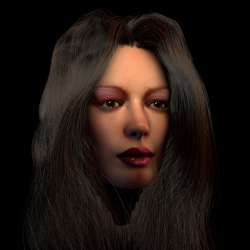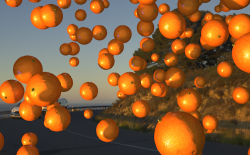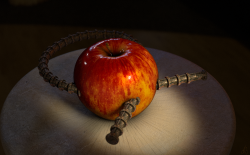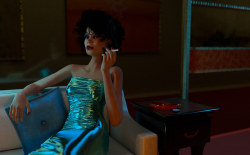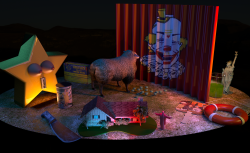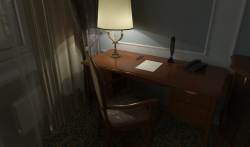-
Posts
1,167 -
Joined
-
Last visited
-
Days Won
8
Content Type
Profiles
Blogs
Forums
Gallery
Pipeline Tools
3D Wiki
Plugin List
Store
Downloads
Everything posted by rasputin
-
Hey guys, Take a look at my attached screencap: Yes, it's that infamous "Geoboil" type object I'm experimenting with. You use a Collision Deformer to make the balls poke out from the sides of your Torus, right? I then used the Phong Angle Select tool in order to select only the torus, minus the balls. Gold metal material applied to that. Then, using a simple Invert Selection, I created a selection of only the balls, then gave them a green glass material. All very straightforward texturing. However, I'm not liking the region where the two materials abut on the object; because of polygon structure, I'm getting a jagged, sharp delineation between the two (see circled in red pencil); this is to be expected, of course. But is there a trick, a more advanced texturing operation, that will make the two materials softly and smoothly and seamlessly change from one to the other? Help me put my thinking cap on... Thanks, ras
-
-
From the album: Rasputin's Gallery III
-
-
-
From the album: Rasputin's Gallery III
Rendered with Corona 7. -
From the album: Rasputin's Gallery III
Human figure is a posed Daz3D model; the dress I did in Marvelous Designer, all else modeled and textured within C4D. Corona 6 Render: 42 passes. -
From the album: Rasputin's Gallery III
Figure and plant are third-party; dress modeled in Marvelous Designer; all else was modeled and textured within Cinema4D. -
From the album: Rasputin's Gallery III
Human figure: Daz3D Victoria 4, but with my own facemap created from real photos. Clothing I made in Marvelous Designer. Hair, shoes and scene modeled in C4D R20. Corona Render: 7.6% noise level. -
The trick is manipulating two of the Hair dynamics parameters: Rest Hold, as Rectro points out, above; and also Drag. The higher your assigned Drag percentage, the more restrained and predictable is your animated Hair's fall... ie., the hair droops in a more uniform, graceful way, with no wild "flyaway hairs". Of course, if Drag is TOO high, your hair starts looking like it's moving in heavy syrup. 10% Drag is all you need here.
-
From the album: Rasputin's Gallery III
Female figure imported from DAZ. Dress I made in Marvelous Designer, but textured in C4D. Hair styled in C4D. Corona Render, 150 passes. -
Hey guys, Focusing on creating Hair in C4D. Last night I authored this short, lo-res tester video of an animated humanoid figure as it waltzes across the floor. Specifically I wanted to see how Hair Dynamics functions when made with Vertex Map tags influencing various parameters of the "hairdo". ie., could I make the hair dishevel a little bit with the figure's motion, while still retaining its basic overall shape? Best, ras
-
From the album: Rasputin's Gallery III
An image I made this week. Figure is a DAZ3D figure. Dress made in Marvelous Designer. Hair and all else done natively in C4D. Corona render, 64 passes.© rasputin
-
-
From the album: Rasputin's Gallery III
Fun with Volume Building, Hair and Mograph. Render in Corona Renderer.© © David Lincoln Brooks
-
Yes: Volumetric sculpting like in 3DCoat. Where your sculpting does not warp and misshape your UV's.
-
Version 1.0.0
22 downloads
This is an Art Deco repeatable design, recreated directly in Adobe Illustrator from an authentic French textile design of the 1920's. Included in the ZIP archive is one single seamless iteration of the pattern, in high-res PNG format, whose UV tiling repeat may be dialed large or small to get the look you desire. Suitable for interior room wallpaper, upholstery or any kind of cloth or textile, like curtains or bedspreads. Simply load this PNG bitmap into your material's Color channel. Cubic UV repeat is probably the best option.Free -
-
From the album: Rasputin's Gallery III
Imported V4 character, clothing I modeled in MD, other objects I modeled and textured natively in Cinema 4D. Rendered in Corona, 150 passes. Of chief interest to me was trying to model that 1940's hairstyle. With Cerbera's help, I modeled those shoes using the Sub-D method... the first time I'd ever tried that method in all my years of doing C4D. Cerbera was right: it's a great way to model, especially organically-shaped objects like shoes.© © Rasputin (2020)
-
Bravissimo. I've modeled 3D synths before, and I know how jolly hard they are to texture. Specifically if you don't have a proper ("brand official") texturing source of the symbols/verbiage on the synth's interface. I, for one, know that you have to model FIVE different types of white-key shapes! I like the ageing you've done on this 1970's unit, too. Scuffed edges and yellowed keys from playing in too many smoky bars, haha. Even the dirt that tends to linger up in the hard-to-clean crevices of the keys! Did you model this, if I may ask, just by eyeballing a photograph of the synth?
-
-
From the album: Rasputin Gallery II
Here I am experimenting with CORONA's Volume Shader. Filling this space with a kind of fog/haze. -
-
-
From the album: Rasputin Gallery II
Corona 3 render, 64 passes. half the models I made myself in C4D, the other half were freely avilable on the 'Net. This scene I based roughly on a real architectural photo from 1959, taking some liberties, of course.

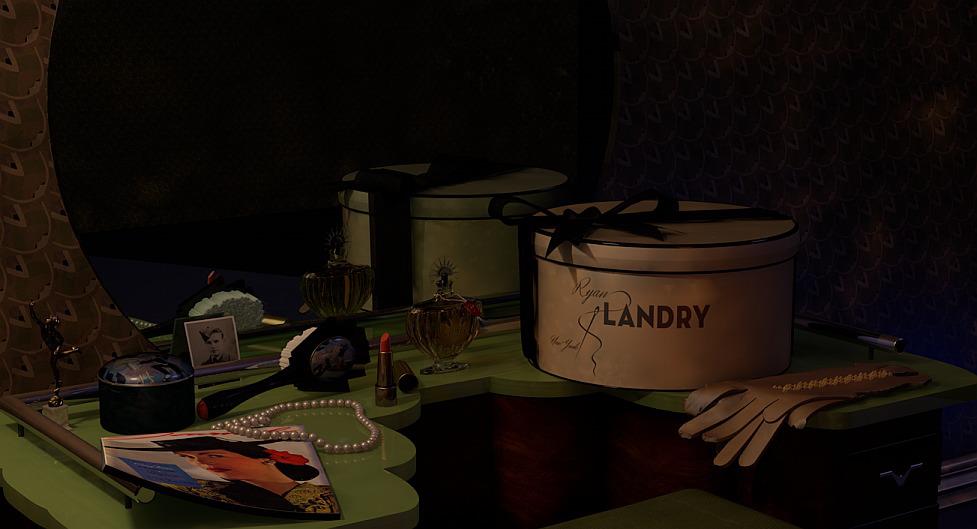
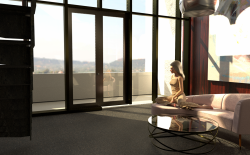
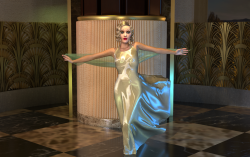
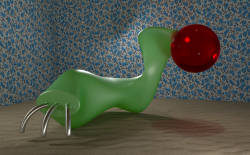
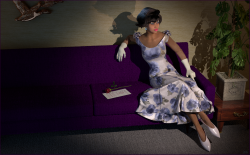
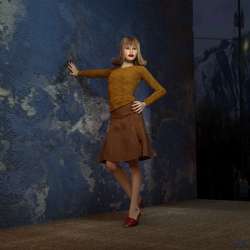
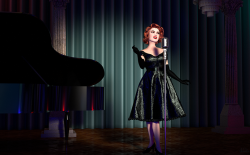
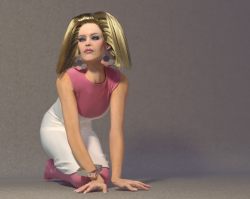
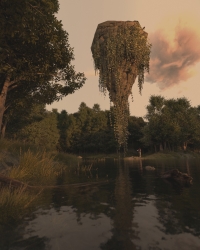
.png.2d62eab0a8b93e8f4a88527f419cf467.png)
